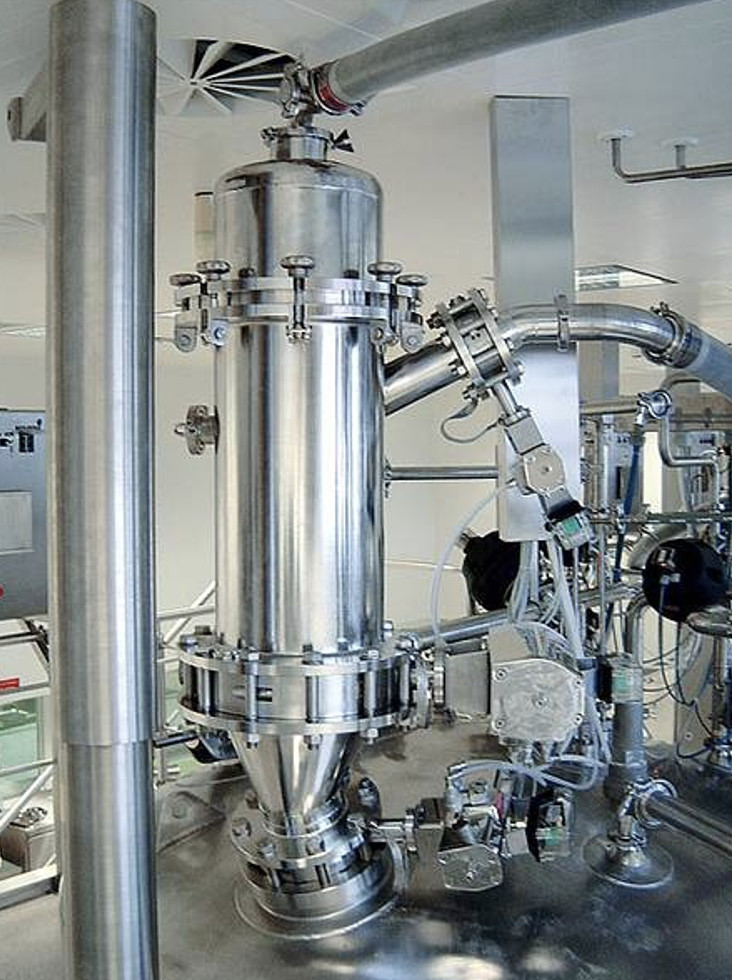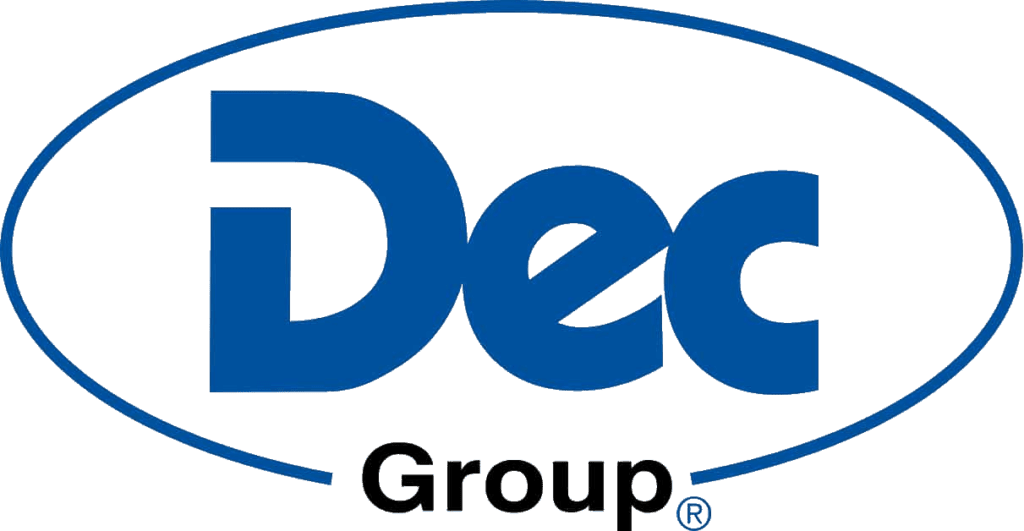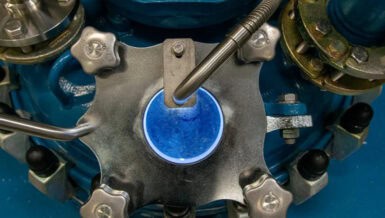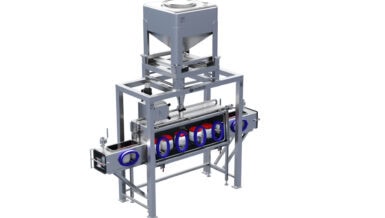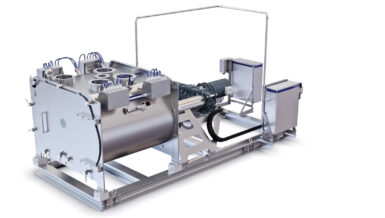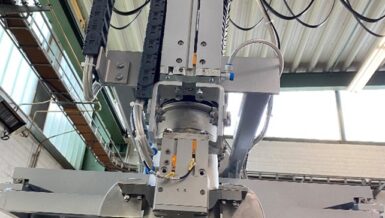These hybrid mixtures present substantial explosion hazards, primarily because electrostatic charges generated during transfer can ignite the material – even when all standard safety protocols are in place. These protocols typically include avoiding open flames, welding, smoking, and implementing proper electrical safeguards. Despite these measures, such transfer operations remain among the most hazardous in the industry, with incidents leading to serious injuries or fatalities.
Given these dangers, explosion prevention measures are critically important. Regulatory frameworks such as the ATEX directives mandate that manufacturers adopt appropriate technical and organizational safeguards tailored to the specific risks of each operation to ensure safety and minimize the probability and severity of explosions.
The pharmaceutical and chemical industries are navigating substantial challenges in developing adaptable, cost-efficient, and safe production facilities within a challenging economic environment. Implementing a secure transfer method not only mitigates explosion risks but also boosts productivity and operational flexibility, enabling companies to respond more effectively to market demands and safety standards.
Transfer Systems and Their Characteristics

Oxygen Enrichment in Reactors: Most transfer methods tend to increase oxygen levels within the reactor as more powder is transferred. This oxygen enrichment becomes particularly problematic when processing products with low bulk density or large volumes of powder reducing the reactor’s free gas space. The following figure illustrates how air trapped in bulked powders contributes to this oxygen increase.

Oxygen reduction is typically achieved by filling the reactor with inert gases like nitrogen or carbon dioxide. However, opening any access port allows air ingress, quickly increasing oxygen levels due to diffusion and turbulence. Therefore, powder transfer via sealed lock systems into an inert-prepared reactor is the safest and most current practice.
Practical Aspects—Containment and Explosion Protection
Safety and Toxicity Concerns: In industries like pharmaceuticals, the safety of powder handling is critical due to flammability and toxicity. Increased toxicity and reactivity of products necessitate robust containment measures, rendering manual handling obsolete.
Open Manhole Charging is no option
Charging Methods: Many powder charging approaches rely on gravity, often through chutes from elevated positions into processing equipment. Some systems have been developed to eliminate powder charging through open manholes such as isolators, rotary valves etc. These methods aim to improve containment but do not always address explosion risks comprehensively. Traditional gravity-based powder handling systems lack inherent safety features and restrict operational flexibility. Additionally, chutes frequently experience powder bridging when handling materials with poor flow characteristics, leading to blockages and increased difficulty in cleaning, another significant challenge in the process. The safety of most systems that utilize gravity for transfer is not absolute and heavily depends on powder characteristics (such as bulk density) and process conditions. A process may be deemed safe under specific conditions and can become hazardous if any process parameter changes, necessitating a new risk assessment.
To achieve higher safety standards, enhance process adaptability and space-efficient operations, it is essential to adopt advanced charging systems. The PTS system, which does not rely on gravity and eliminates the air within the powder, offers the highest level of safety. It isolates the process equipment during loading and transferring powders and operates independently of process parameters and powder properties, making it the preferred choice.
Best Practice – PTS Powder Transfer System®
The importance of selecting appropriate transfer and containment systems tailored to the specific safety, toxicity, and process requirements, with a focus on minimizing explosion hazards and ensuring operator safety is critical.
PTS enables active powder transfer without relying on gravity. It effectively removes oxygen from the powder. Additionally, it operates independently of process parameters and powder characteristics, ensuring consistent performance across various conditions. It conveys powders from various receptacles – such as drums, big bags, or containers – over long distances, providing greater design flexibility. PTS operates by vacuum, drawing powder into its chamber through a filtration membrane that prevents fine particles from entering the vacuum line. Once the chamber is filled, compressed air discharges the powder into the target vessel, cleaning the filter simultaneously.
PTS Powder Transfer System® installed on a reactor
This system can be installed directly on the receiving vessel, which it can isolate during loading, and allows for inert gas purging (e.g., nitrogen) to keep the vessel inert. This capability ensures safe filling into reactors containing solvents or under pressure, significantly reducing explosion risks and gas leaks, and aligning with strict safety and process standards.
Even in the absence of flammable gases or vapors, transfer operations can still pose risks of fires and explosions, especially when handling explosion-sensitive powders with low MIE. PTS offers the highest level of safety, it operates independently of process parameters and powder properties, making it the preferred choice.
Additional requirements for flexibility in production facilities, along with the ongoing pressure for process optimization, selecting charging equipment that guarantees complete safety at all times, regardless of process parameters or powder characteristics, is of paramount importance.
By consistently aligning with industry best practices and evolving regulatory standards, manufacturers can achieve sustainable, high-quality production in today’s competitive and safety-conscious environment.


